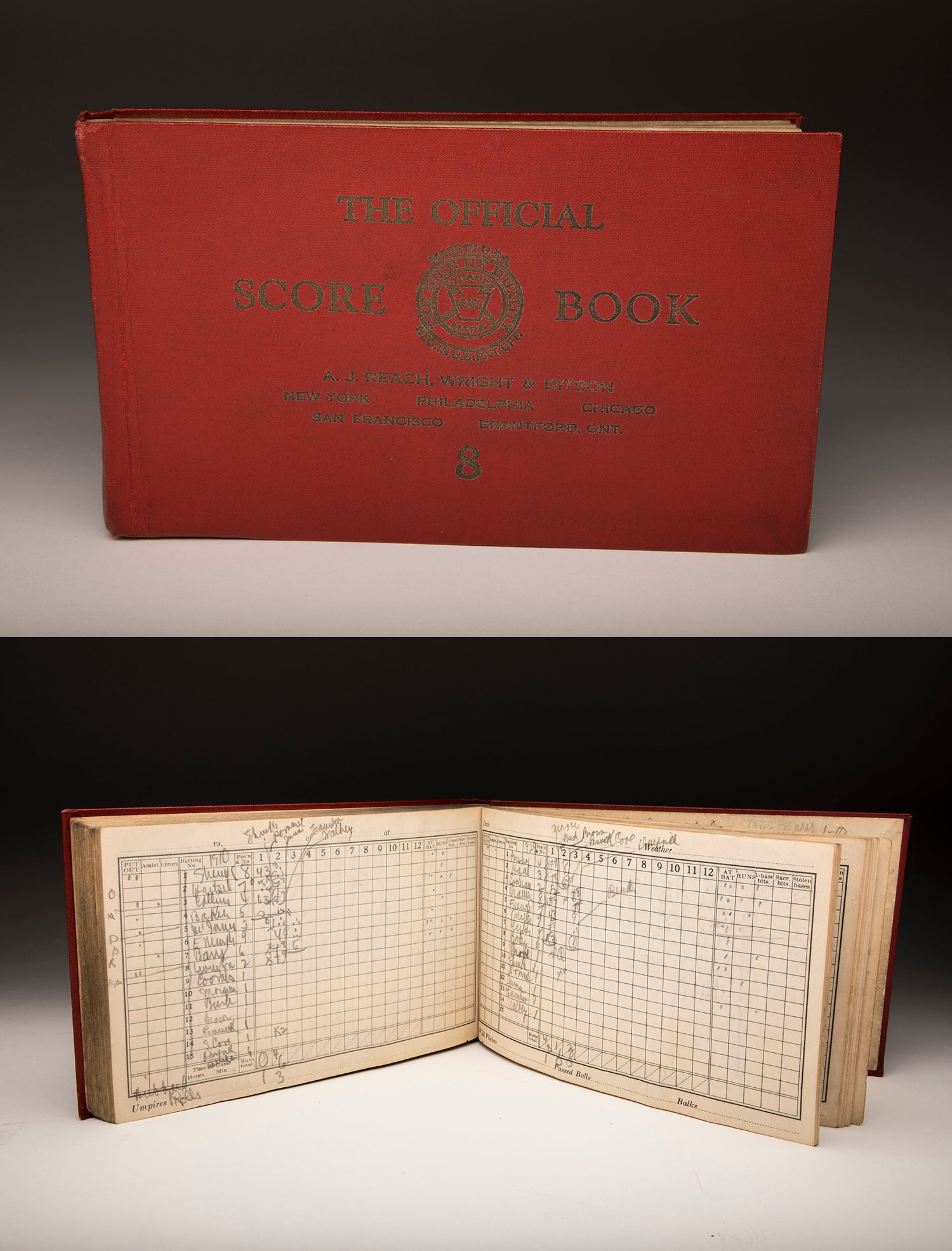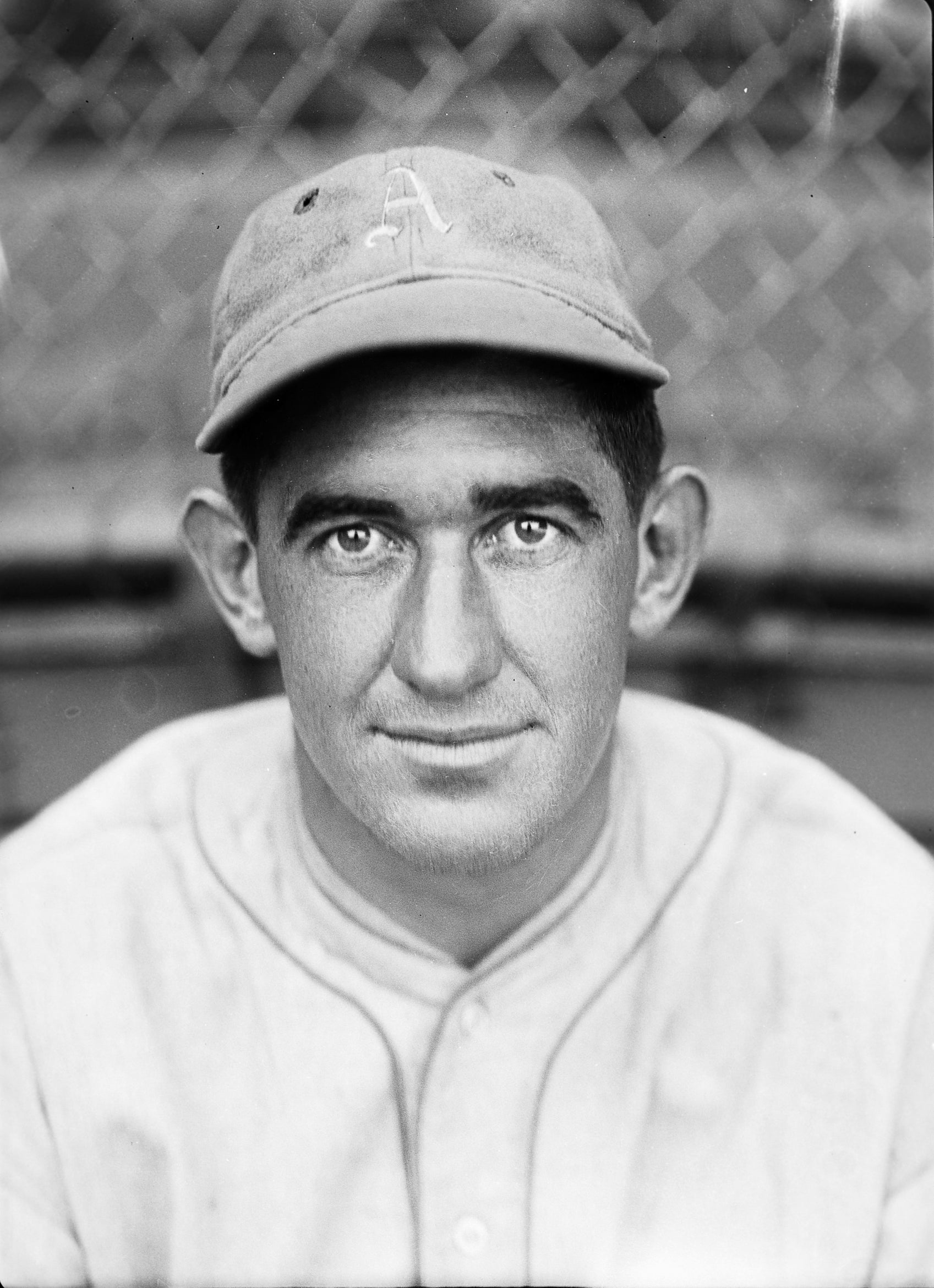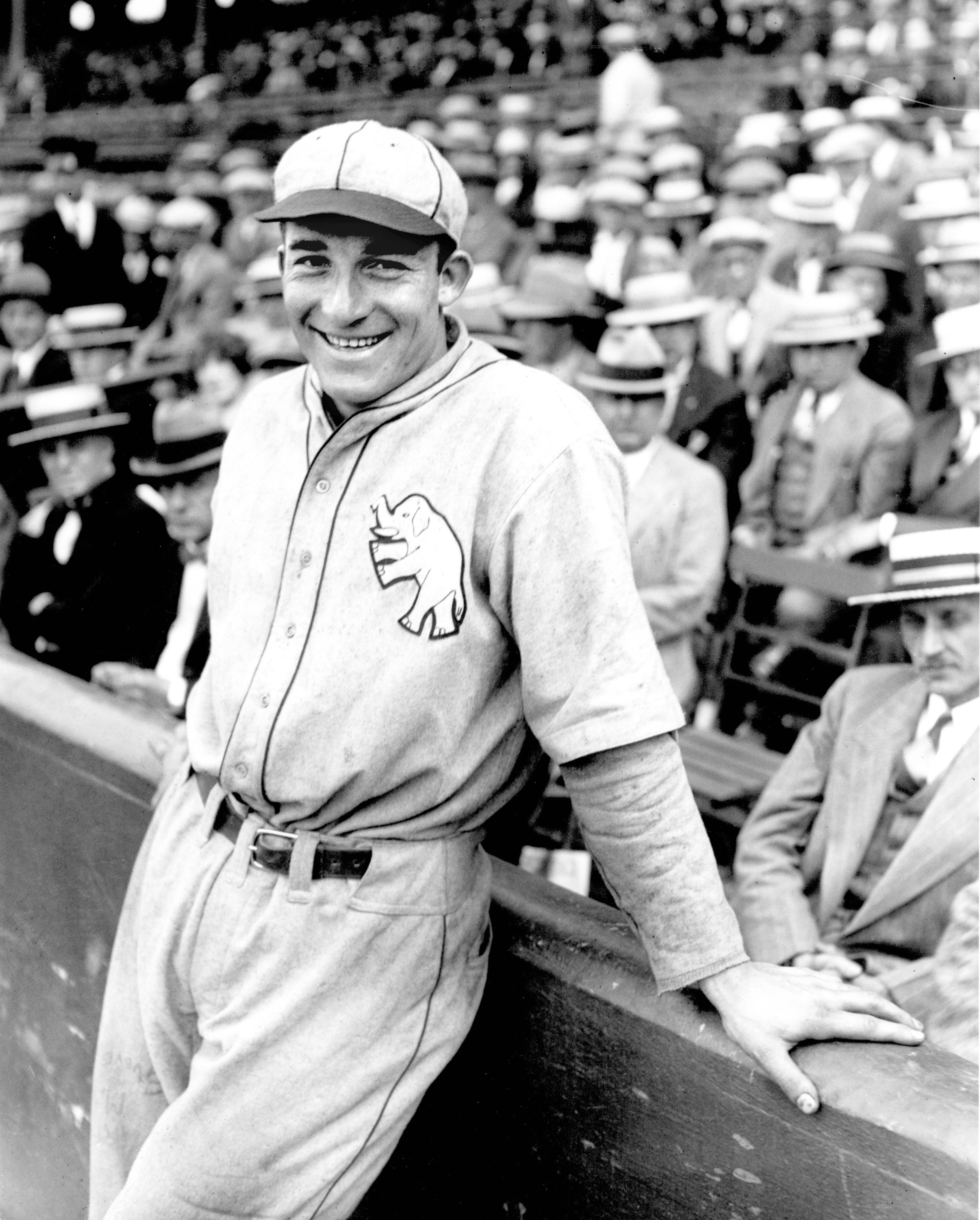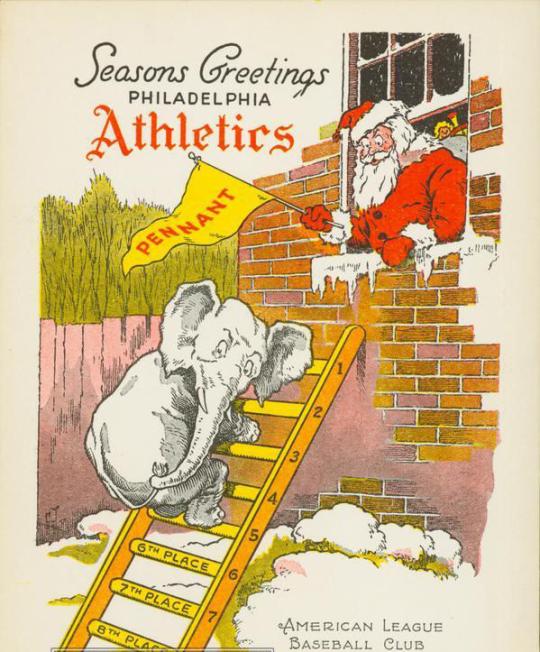- Home
- Our Stories
- #Shortstops: Holiday wishes, Philadelphia style
#Shortstops: Holiday wishes, Philadelphia style
In 1946, the Philadelphia Athletics had one of their worst seasons in franchise history.
With a record of only 49 wins and 105 losses, not only was the team in last place in the American League, they were at the bottom of the major leagues.
Hall of Fame Membership
There is no simpler, and more essential, way to demonstrate your support than to sign on as a Museum Member.
So, it’s not hard to imagine that many fans of the Athletics (and probably even a few of their players) put a winning season on their Santa wish list.
Recognizing the need for some major changes, the Athletics released several players, traded for some new blood and drafted a few prospects during the 1946 offseason.
They signed free agent pitcher Bill Dietrich, who went on to have the team’s third-best ERA of the following season at 3.12.
Just before the 1947 schedule began, the Athletics traded three players and paid $30,000 to the Cardinals for shortstop Eddie Joost.
That season, the middle infielder was one of the team’s top players with 13 homers, 22 doubles, and 64 RBI, even leading the league in sacrifice bunts (24).
With these improvements, the 1947 season was more successful for Philadelphia. They ended the year with a 78-76 record, scoring 100 more runs than the previous season, and attracting nearly 300,000 more fans to games. Although the team finished fifth in the American League, it was the first time in 13 years that they finished with a winning record.
This advancement was reflected on the greeting cards the franchise sent out during the holiday season of 1947. The art on this one-sided card depicts Santa leaning out a building’s window holding a pennant flag, with Philadelphia’s elephant mascot climbing a ladder toward St. Nick.
The elephant is on the fifth of eight rungs on the ladder, looking below him with a triumphant expression.
Even though they did not come close to winning the pennant that season, the elephant, and by extension, the Athletics, seemed pleased to no longer be at the bottom of the ladder in last place.
Gabrielle Augustine is the assistant curator at the National Baseball Hall of Fame and Museum
Related Stories

Philadelphia A’s trade Jimmie Foxx to the Boston Red Sox

Philadelphia A’s old-timers game in 1939 brought together two generations of legends

Mack breaks up second A's dynasty, trades Cochrane

1927 A's field team with seven future Hall of Famers

Philadelphia A’s trade Jimmie Foxx to the Boston Red Sox

Philadelphia A’s old-timers game in 1939 brought together two generations of legends

Mack breaks up second A's dynasty, trades Cochrane



